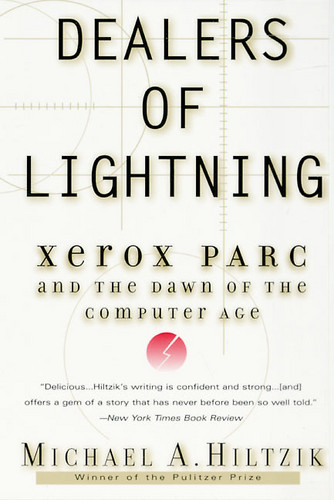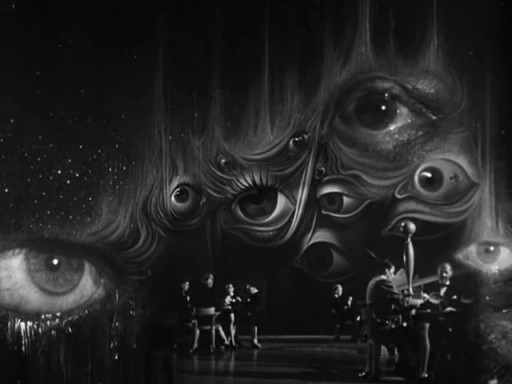
Caesar and Cleopatra (1945, UK, Pascal) – Is it time for a new generation of toga epics now? If so this is a cheerful beginning. Claude Raines is a sly Caesar, and Vivien Leigh a Cleopatra who approaches learning how to be a queen as a sort of fun game. Nobody is taking things too seriously here, which is fine by me, and the tight script, based on George Bernard Shaw’s play, keeps the epic excesses at bay. Watched it all.
God is My Co-Pilot (1945, USA, Florey) – It seems that out of all the millions of victims of World War II, God is going to save the life of Colonel Robert L. Scott. Because he’s special. Watched: 9 minutes.

Salome Where She Danced (1945, USA, Lamont) – A newspaperman with little manners has adventures in the world of the 1860′s. I almost expect him to run into Harry Flashman somewhere, it’s that kind of world, with Bismarckian officers, mysterious Chinamen, Russian aristocrats, and bandits from the Wild West all in one place. Watched it all.
Without Love (1945, USA, Bucquet) – Spencer Tracy and Katharine Hepburn have another romance. Watched: 19 minutes, and I think I can guess the rest.

The True Glory (1945, USA, Kanin) – The final year of the war with Germany, told partly in the voice of soldiers, and partly as a sort of epic poem. Watched it all.
Les dames du Bois de Boulogne (1945, France, Bresson) – Serious people talk seriously about love and have serious affairs. Lighten up! Watched: 9 minutes.



